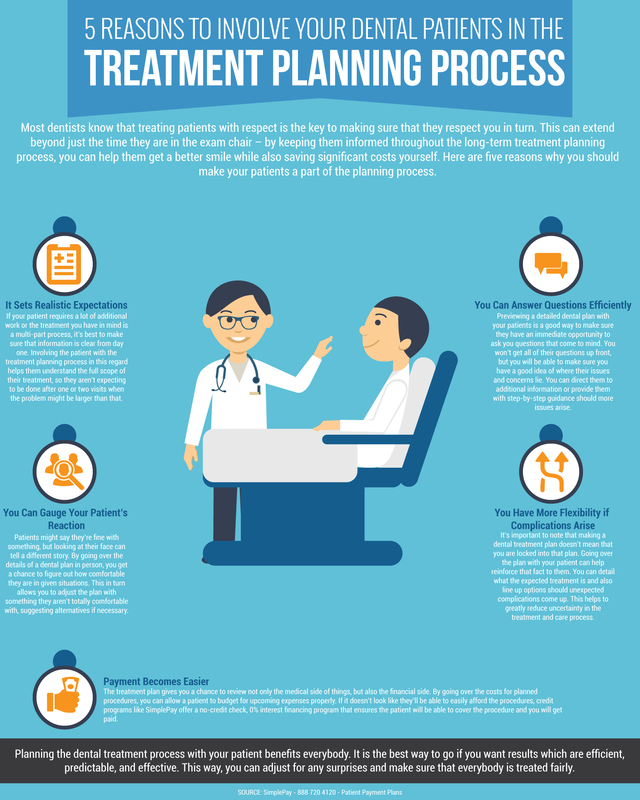Dental patients are already nervous about a trip to the dentist, even when the reason is a routine checkup. Should some type of issue be detected, the dentist would do well to spend some time with the patient and discuss the treatment options. Choosing this approach provides benefits for both the dental professional and the patient. Here is what to expect when the professional makes the effort to involve the patient in settling on the best solution.
Working Through the Patient’s Initial Reaction
One of the immediate benefits of the interaction is that the dental professional has the opportunity to see first hand how the patient reacts when an issue is identified. While most patients will readily recognize what is meant when the dentist says a tooth is decayed and needs a filling or an extraction, learning of conditions that more complex is likely to trigger some degree of anxiety. By leading off with a diagnosis while the two parties are sitting face to face, it will be easier to know how to proceed.
Explaining the Treatment Options
Once the hurdle of identifying the problem is handled, it’s time to move on to discussing treatment options. With some conditions, there is only one solution. Others may be approached in one of several ways. Going over the options one by one empowers the patient and provides the opportunity to learn the pros and cons of each approach. That knowledge will go a long way toward helping the patient to calm down and choose a treatment that is right under the circumstances. Dentist payment plans should also be taken into consideration.
Going Over What to Expect During and After the Procedure
As part of the discussion, it helps to know what will happen during the dental procedure. Will the patient be awake or sedated? Will the procedure require any type of stitches to the gums? Can the patient expect the soreness and tenderness to subside after three or four days? What are the best choices for managing the pain as the site heals?
Walking the patient through the procedure and the days immediately following will go a long way toward making the situation a little less fearsome. It also increases the odds that the patient will not experience any unpleasant side effects since there is no doubt about how to care for the affected area as the healing progresses.
Anticipating and Answering Questions
While the focus is on providing plenty of details to the patient in advance, there will still be some questions that need answering. A truly caring dentist will be prepared to provide those answers. This is true even if the answers were alluded to already. More direct responses using verbiage that the patient readily grasps will further ease fears and help the patient to make the necessary preparations.
Arranging Payment for Services Rendered
Providing an estimate of the total cost for the procedure is also important. Seeing the figure and what it includes helps the patient determine if there are resources on hand to manage the expense. If the resources are on hand at present, it’s possible to provide some suggestions in terms of health loans or other options for financing the procedure. Working out those details in advance also provides the patient with a measure of calm and a sense of being in control.
When dental issues arise, it pays to work closely with the patient and determine the best way to proceed. From understand what a procedure entails to how to go about covering the costs, spending time with the patient will make everything easier for everyone involved.

